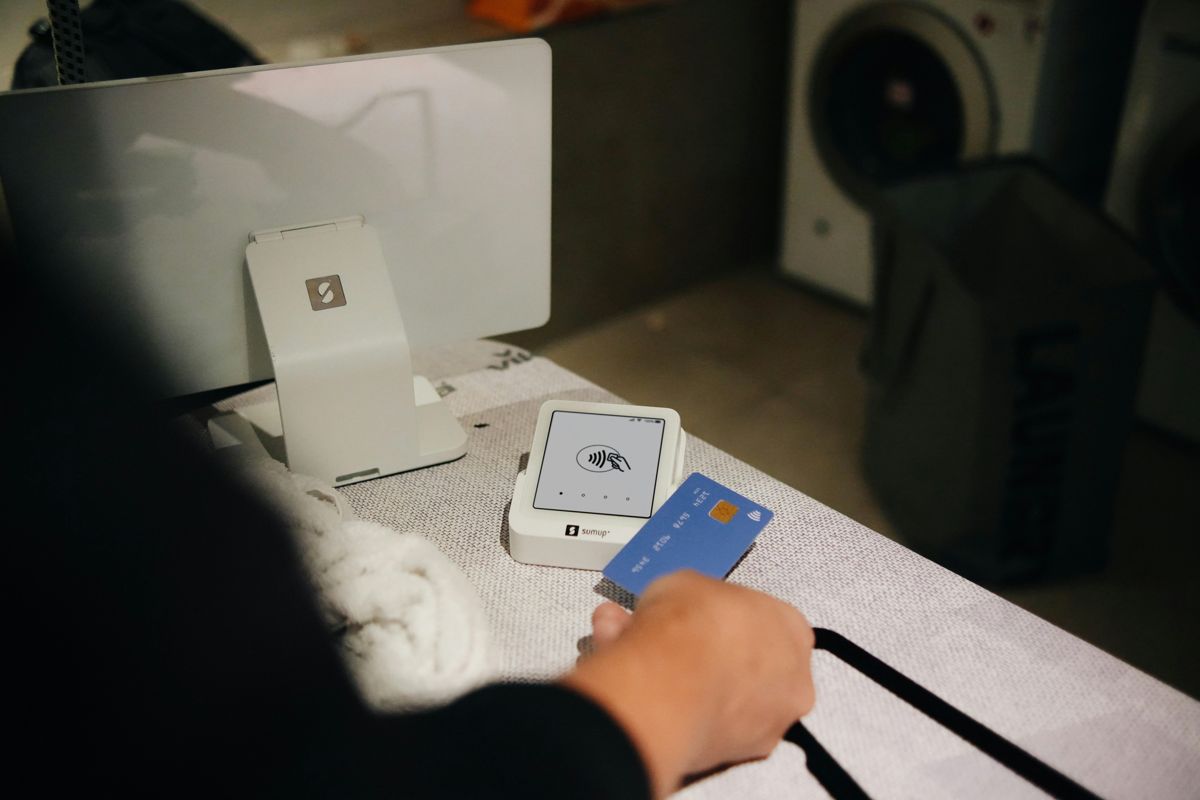Effective Study Strategies

Table of Contents
Understanding ‘How Do You Read’: An Introduction
Welcome, fellow learners! Today, we delve into the heart of effective study strategies: mastering the art of reading. But let’s not jump the gun—before we embark on this journey, it’s crucial to ask, “how do you read?” and more importantly, “how to understand what you read.”
Imagine being a ship navigating through the vast ocean of knowledge. Reading is the compass guiding us towards our destination. But here’s the catch: reading isn’t merely about moving your eyes across lines; it’s about comprehending, retaining, and applying what we’ve read. This brings us to our question once more—how do you read in a way that ensures understanding?
Think of it this way: reading is like building a house. The bricks are the words on the page, but putting them together requires strategy and technique. In this post, we will explore techniques and tips for mastering ‘how to understand what you read,’ combining them with effective approaches for ‘how to read.’ Stay tuned as we embark on a transformative voyage toward comprehensive reading comprehension!

Mastering ‘How to Understand What You Read’: Techniques and Tips
Ah, the art of understanding what we read - a skill as essential as breathing for professionals in our rapidly evolving world. In this section, let’s dive deep into the techniques that can help you master this craft, ensuring you not only read but truly comprehend the words that dance across your screen or pages.
Firstly, and perhaps most importantly, active reading is the key to understanding what you read. It’s more than just moving your eyes down a page; it means engaging with the text, asking questions, making connections, and drawing conclusions. Imagine you’re not just a spectator but an active participant in a conversation between the author and yourself.
Next, let’s talk about an oldie but a goodie: summarizing. Summarizing what you read is a fantastic way to test your understanding of the material. Try it out for yourself - after reading a section, pause and write down the main points in your own words. This not only helps reinforce the information in your memory but also ensures you’ve truly grasped the essence of what you’ve read.
Lastly, let’s not forget about visualization. Our brains are wired to process information better when it’s presented visually. As you read, try to create mental images or diagrams to help clarify complex ideas. For example, if you’re reading about a new marketing strategy, imagine yourself implementing it in real life. This technique not only helps you understand the material but also makes it easier to remember.
So there you have it - three techniques that can help you master ‘how to understand what you read’. Remember, practice makes perfect, and with consistent effort, you’ll find yourself not just reading, but truly comprehending the wealth of information out there.
Combining ‘How to Read’ and ‘How to Understand What You Read’: A Comprehensive Approach
So, you’ve mastered the art of reading efficiently, but understanding what you read is a whole new ballgame. Here’s where the magic happens - the sweet spot where effective reading meets meaningful comprehension.
First, let’s talk about active engagement. Don’t just passively consume information; immerse yourself in it. Highlight key points, ask questions, and connect new knowledge with what you already know. This will help reinforce your understanding and make the information stick.
Second, practice summarizing and teaching what you’ve read to someone else. This might seem daunting, but it forces you to process the information in a way that makes sense to someone else - essentially testing your understanding. Plus, explaining concepts can help deepen your own comprehension.
Lastly, remember that learning is a journey, not a destination. Don’t get discouraged if things don’t click right away; keep at it, and you’ll find yourself becoming a master of both ‘how do you read’ and ‘how to understand what you read’. Happy studying!







